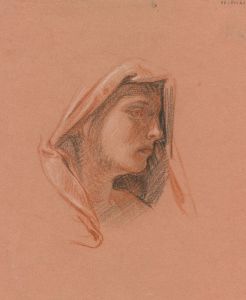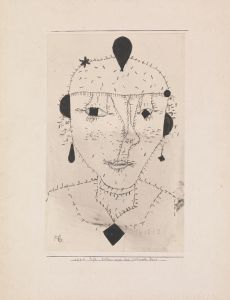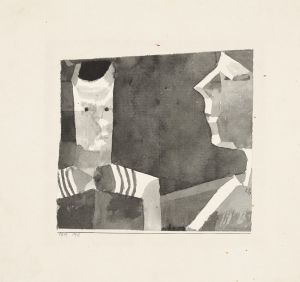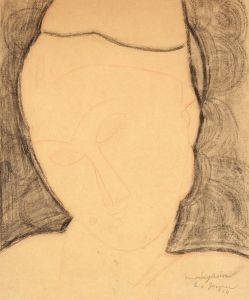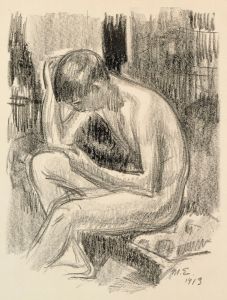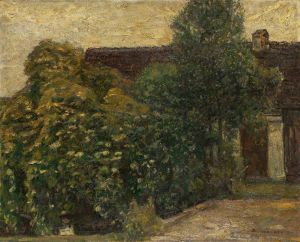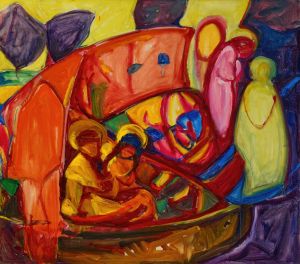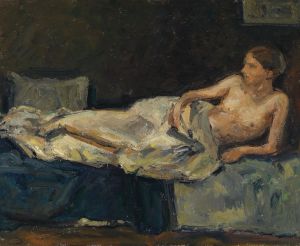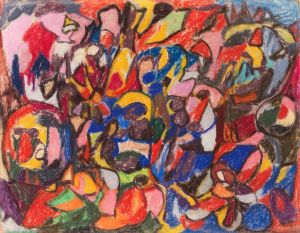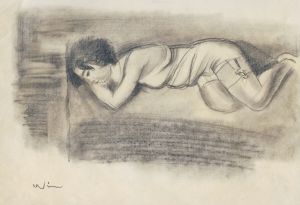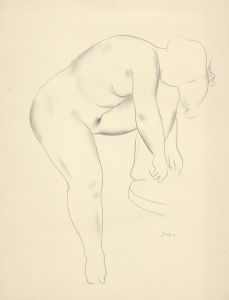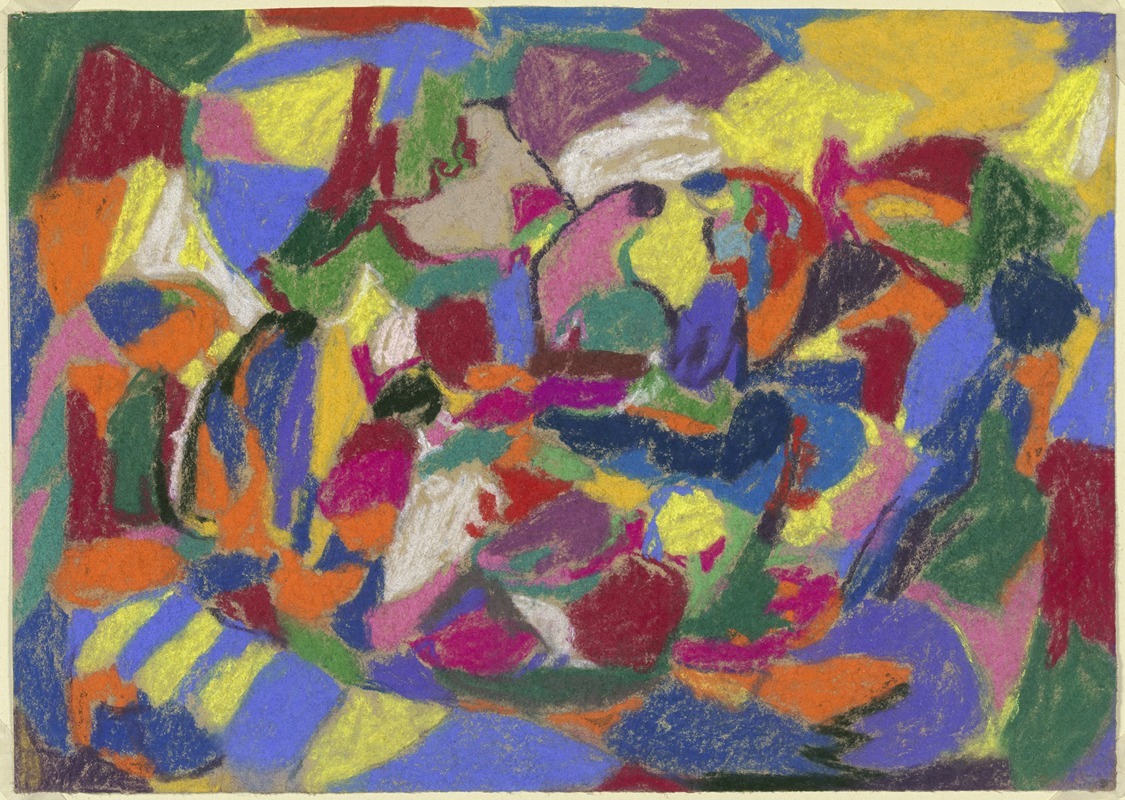
Abstrakte Komposition, Querformat
A hand-painted replica of Adolf Hölzel’s masterpiece Abstrakte Komposition, Querformat, meticulously crafted by professional artists to capture the true essence of the original. Each piece is created with museum-quality canvas and rare mineral pigments, carefully painted by experienced artists with delicate brushstrokes and rich, layered colors to perfectly recreate the texture of the original artwork. Unlike machine-printed reproductions, this hand-painted version brings the painting to life, infused with the artist’s emotions and skill in every stroke. Whether for personal collection or home decoration, it instantly elevates the artistic atmosphere of any space.
Adolf Hölzel's "Abstrakte Komposition, Querformat" is a notable work in the realm of abstract art. Adolf Hölzel (1853-1934) was a German painter and art theoretician, recognized as a pioneer in abstract art and a significant figure in the development of modern art in Germany. His contributions to the art world extend beyond his paintings, as he was also an influential teacher and writer on art theory.
"Abstrakte Komposition, Querformat" translates to "Abstract Composition, Landscape Format," indicating that the painting is oriented horizontally. This work exemplifies Hölzel's exploration of abstraction, a style that he began to develop in the early 20th century. Hölzel's abstract compositions are characterized by their use of geometric forms, vibrant colors, and a departure from representational art. His approach to abstraction was deeply rooted in his theoretical studies and his belief in the spiritual and expressive potential of art.
Hölzel's journey towards abstraction was influenced by various art movements and his interactions with other artists. He was associated with the Munich Secession and later became a member of the Berlin Secession. His teaching career, particularly at the Stuttgart Academy of Fine Arts, where he taught from 1905 to 1919, had a profound impact on the next generation of artists. Among his students were notable figures such as Oskar Schlemmer, Johannes Itten, and Willi Baumeister, who would go on to become influential artists in their own right.
"Abstrakte Komposition, Querformat" reflects Hölzel's mature style, where he moved away from naturalistic representation towards a more abstract and symbolic language. The painting likely features a dynamic interplay of shapes and colors, creating a sense of rhythm and harmony. Hölzel's use of color was particularly innovative; he believed in the emotional and symbolic power of color, often employing it to evoke specific moods and spiritual experiences.
Hölzel's theoretical writings provide insight into his artistic philosophy. He emphasized the importance of composition, color harmony, and the spiritual dimension of art. His ideas were influenced by theosophy and other spiritual movements of the time, which sought to explore the deeper, often mystical, aspects of human experience through art.
While specific details about "Abstrakte Komposition, Querformat" such as its exact date of creation, dimensions, and current location might not be readily available, the painting remains an important example of Hölzel's contribution to abstract art. It embodies his belief in the transformative power of art and his commitment to pushing the boundaries of traditional artistic conventions.
In summary, Adolf Hölzel's "Abstrakte Komposition, Querformat" is a significant work that illustrates his pioneering role in the development of abstract art. Through his innovative use of color and form, Hölzel sought to create compositions that transcended mere representation, aiming to evoke deeper emotional and spiritual responses from the viewer. His legacy as an artist and educator continues to influence the world of modern art.





